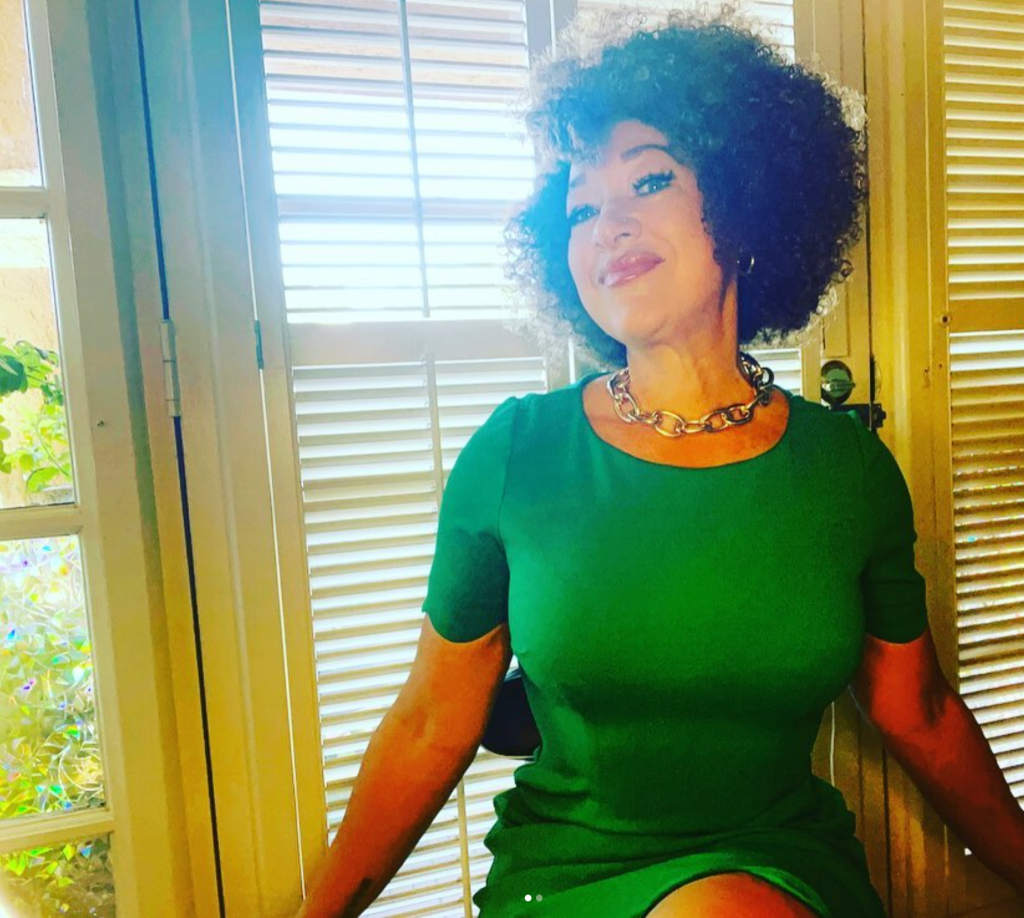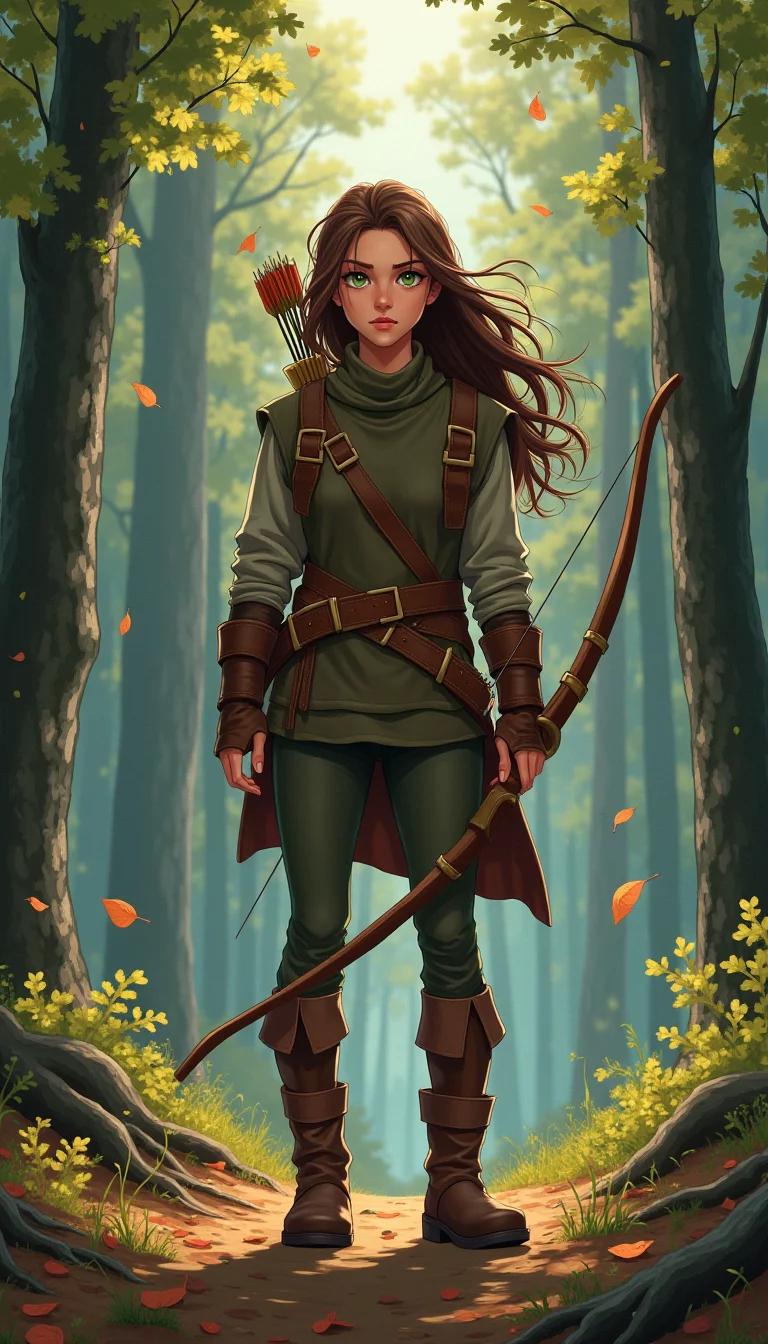Let's dive into the world of Rachel Dolezal, a name that has sparked heated debates and conversations across the globe. Her story isn’t just about race and identity; it’s about how society perceives authenticity and truth. The phrase "Rachel Dolezal nude" might raise eyebrows, but we’re here to break down what it means, why it matters, and where the line between privacy and public scrutiny lies. So buckle up, because this is gonna be an interesting ride.
Rachel Dolezal isn’t just another public figure. She’s a symbol of the ongoing discourse on racial identity, cultural appropriation, and the complexities of self-identification. When you search for terms like "Rachel Dolezal nude," you're not just looking at a person—you're diving into a much deeper conversation about boundaries, consent, and the media's role in shaping narratives. This isn’t just gossip; it’s a cultural phenomenon.
Now, before we go any further, let’s establish one thing: this article isn’t here to shame or exploit anyone. We’re here to explore the facts, analyze the situation, and provide context to help you form your own opinion. Whether you’re a fan, a critic, or just curious, there’s something here for everyone.
Read also:Gypsy Rose Blanchard Boyfriends A Journey Through Her Complicated Relationships
Who Is Rachel Dolezal Anyway?
Rachel Dolezal isn’t just another name in the headlines. She’s a former NAACP chapter president, an artist, and a controversial figure who identifies as Black, despite being born to white parents. Her journey into the spotlight began when she was outed by her parents in 2015 for pretending to be Black. Since then, she’s been at the center of debates about race, identity, and authenticity.
So, why does the term "Rachel Dolezal nude" even come up? Well, in a world where privacy is increasingly eroded by the internet, images and videos of public figures often surface, sometimes without their consent. This brings us to the intersection of celebrity culture, privacy rights, and the ethics of sharing personal content.
Biography of Rachel Dolezal
Let’s take a step back and look at Rachel’s life before she became a household name. Born on March 27, 1977, in Great Falls, Montana, Rachel Anne Dolezal grew up in a predominantly white community. Her parents, Ruthanne and Larry Dolezal, were both white, and Rachel was raised alongside her siblings in a conservative Christian household.
From a young age, Rachel showed a deep interest in African American culture. She pursued degrees in fine arts and Africana studies, eventually becoming an educator and advocate for racial equality. Her transformation from a blonde-haired, blue-eyed woman to someone who identifies as Black became the focal point of her public identity.
| Full Name | Rachel Anne Dolezal |
|---|---|
| Date of Birth | March 27, 1977 |
| Place of Birth | Great Falls, Montana |
| Profession | Artist, Educator, Activist |
| Notable Work | NAACP Chapter President |
| Controversy | Self-identification as Black |
Understanding the Controversy Behind Rachel Dolezal Nude
Let’s get real here. The phrase "Rachel Dolezal nude" often pops up in searches, but what does it actually mean? Is it about leaked photos, artistic expression, or something else entirely? The truth is, it’s a mix of all three. In 2015, Rachel posed for a series of nude photographs as part of her art project, "Pretty/Period." These images were meant to explore themes of identity, beauty, and self-expression.
However, when these photos gained traction online, they were often misinterpreted or taken out of context. Some saw them as a form of self-empowerment, while others viewed them as exploitative or attention-seeking. The debate rages on, but one thing is clear: Rachel’s use of nudity wasn’t just about shock value—it was about making a statement.
Read also:Who Is Lil Uzi Dating The Untold Story Behind His Love Life
Why Does Nakedness Matter in This Context?
Nudity has always been a powerful tool in art and activism. For Rachel Dolezal, it was a way to challenge societal norms and question the boundaries of identity. By stripping away societal constructs, she was able to explore who she truly was—or at least who she believed herself to be.
But why does this matter? In a world where images can spread faster than wildfire, the line between art and exploitation becomes blurred. When you search for "Rachel Dolezal nude," are you looking for art, or are you looking for scandal? That’s the million-dollar question.
The Intersection of Privacy and Public Scrutiny
Let’s talk about the elephant in the room: privacy. In today’s digital age, public figures often find themselves at the mercy of the internet. Whether it’s leaked photos, doctored images, or outright misinformation, the line between consent and exploitation is often crossed.
Rachel Dolezal’s story isn’t unique in this regard. Many celebrities and public figures have faced similar challenges. However, what sets Rachel apart is the intense scrutiny she faces due to her controversial identity. Is it fair? That’s debatable. But one thing is certain: the internet doesn’t forget.
What Does the Law Say?
When it comes to leaked photos or unauthorized content, the law is clear: consent matters. In the United States, revenge porn laws and copyright protections are in place to safeguard individuals from exploitation. However, enforcement can be tricky, especially when the content is shared across borders.
So, what does this mean for Rachel? If images of her in a compromising position were shared without her consent, she has legal recourse. But in a world where memes and screenshots travel faster than legal notices, the damage is often done before anyone can intervene.
Rachel Dolezal’s Impact on Racial Identity
Rachel Dolezal’s story isn’t just about nudity or scandal—it’s about identity. Her decision to identify as Black has sparked conversations about race, culture, and self-determination. Some see her as a trailblazer, while others view her as a fraud. The truth, as always, lies somewhere in the middle.
By posing nude in her art, Rachel challenged the notion of what it means to be Black in America. She forced us to confront uncomfortable truths about race, privilege, and power. Whether you agree with her choices or not, there’s no denying her impact on the discourse.
Key Statistics on Racial Identity
- According to a 2020 Pew Research study, 63% of Americans believe race relations are generally bad.
- A 2019 Gallup poll found that 76% of Black Americans feel discriminated against in their daily lives.
- Racial identity remains one of the most polarizing topics in modern society.
Is Rachel Dolezal a Victim of Media Sensationalism?
Let’s be honest here. The media loves a good scandal, and Rachel Dolezal’s story fits the bill. From her controversial self-identification to the "Rachel Dolezal nude" photos, she’s been the subject of countless headlines. But is this fair? Or is she being unfairly targeted by a media machine that thrives on controversy?
The answer, as always, is complicated. While some argue that Rachel’s actions warrant scrutiny, others believe she’s being held to an unfair standard. After all, how many white people have adopted aspects of Black culture without facing the same level of criticism?
Breaking Down Media Bias
Media bias isn’t a new concept, but it’s especially relevant in Rachel’s case. Studies have shown that Black women are often portrayed negatively in the media, while white women are given the benefit of the doubt. This double standard can have real-world consequences, especially when it comes to public perception.
So, is Rachel a victim of systemic bias? Or is she simply reaping what she’s sown? That’s for you to decide.
The Role of Social Media in Shaping Narratives
Social media has changed the game when it comes to public discourse. Platforms like Twitter, Instagram, and TikTok allow users to share their thoughts and opinions in real time. But with great power comes great responsibility. When it comes to Rachel Dolezal, social media has played a significant role in shaping the narrative.
Hashtags like #RachelDolezal and #NakedTruth have trended, with users weighing in on everything from her identity to her art. While some have praised her courage, others have criticized her for exploiting Black culture. The conversation continues, but one thing is clear: social media amplifies voices, both good and bad.
How Social Media Can Help—or Hurt
- Social media can be a powerful tool for activism and awareness.
- However, it can also perpetuate misinformation and negativity.
- It’s up to users to consume content critically and responsibly.
Conclusion: What Have We Learned?
As we wrap up this deep dive into the world of Rachel Dolezal, it’s important to reflect on what we’ve learned. The phrase "Rachel Dolezal nude" might seem like clickbait, but it’s part of a much larger conversation about identity, privacy, and the media. Whether you agree with Rachel’s choices or not, there’s no denying her impact on the discourse.
So, what’s next? Will Rachel continue to challenge societal norms, or will she fade into obscurity? Only time will tell. In the meantime, we encourage you to engage with the conversation, ask questions, and form your own opinions. And if you found this article helpful, don’t forget to share it with your friends!
Table of Contents
- Who Is Rachel Dolezal Anyway?
- Understanding the Controversy Behind Rachel Dolezal Nude
- The Intersection of Privacy and Public Scrutiny
- Rachel Dolezal’s Impact on Racial Identity
- Is Rachel Dolezal a Victim of Media Sensationalism?
- The Role of Social Media in Shaping Narratives


